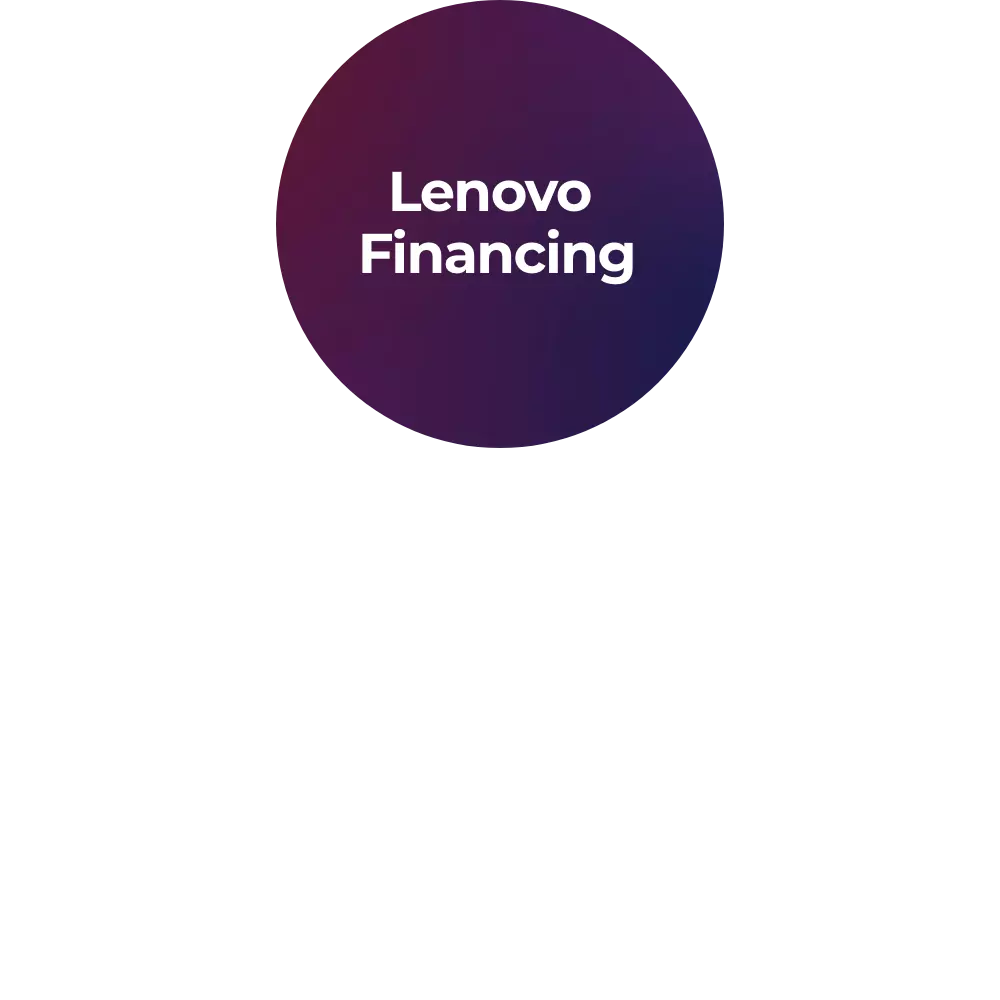What is a contiguous data structure?
A contiguous data structure is a type of data structure where elements are stored sequentially in adjacent memory locations. This arrangement allows for efficient use of memory and rapid access times, making it ideal for situations where speed and predictability are critical. Common examples include arrays, strings, and matrices. Because all elements are stored in a continuous block of memory, no extra memory is wasted, simplifying memory management.
How does contiguous data structure improve access times?
contiguous data structures improve access times by storing data elements in sequential memory locations. This allows the CPU to quickly calculate the memory address of any element using simple arithmetic operations. As a result, you can access data in constant time, denoted as O(1) in Big O notation, which is very efficient.
Why would I use a contiguous data structure over a non-contiguous one?
You would use a contiguous data structure when you need fast and predictable access times. Since elements are stored in adjacent memory locations, accessing any element is almost instantaneous. This makes them particularly useful in applications where performance is paramount, such as real-time systems and algorithms requiring frequent data access.
Can contiguous data structures be resized?
contiguous data structures like arrays have fixed sizes, meaning they can't be resized dynamically. However, some variations, like dynamic arrays, allow resizing by allocating new memory and copying existing elements. This can be time-consuming, so it’s usually reserved for situations where the size of the dataset grows unpredictably.
What role does memory allocation play in contiguous data structures?
Memory allocation is crucial in contiguous data structures, because all elements must fit within a continuous block of memory. Proper allocation ensures efficient memory use and reduces the chances of fragmentation. Mismanagement can lead to wasted memory or inability to store large datasets.
How does the concept of index work in contiguous data structures?
In contiguous data structures, indices are used to reference the position of elements within the structure. The index of the first element is usually zero, and subsequent elements are accessed using their respective indices. Since the elements are stored sequentially, you can calculate the memory address of any element quickly, making indexing straightforward.
Can you perform insertions and deletions in contiguous data structures efficiently?
Insertions and deletions in contiguous data structures can be less efficient compared to other data structures. When inserting or deleting an element, you may need to shift adjacent elements to maintain contiguity. This can lead to O(n) time complexity, where n is the number of elements, which is slower compared to linked lists and other non-contiguous data structures.
Are contiguous data structures suitable for large datasets?
Contiguous data structures may not be ideal for extremely large datasets, because they require a continuous block of memory. Allocating such large, uninterrupted memory chunks can be challenging and inefficient. For large datasets, you might consider non-contiguous data structures like linked lists or trees.
How do pointers function within contiguous data structures?
In contiguous data structures, pointers can be used to reference specific memory locations of elements. Pointers simplify tasks like traversing the data structure or implementing complex operations. However, improper use of pointers can lead to errors like segmentation faults, so careful management is essential.
Does a contiguous data structure have any impact on cache performance?
Yes, contiguous data structures can significantly improve cache performance. Since elements are stored sequentially, accessing one element often brings adjacent elements into the cache. This spatial locality reduces cache misses, speeding up data access and improving system performance.
How do programming languages support contiguous data structures?
Most programming languages offer built-in support for contiguous data structures like arrays and strings. These languages provide syntax and functions to easily manipulate these data structures. Additionally, languages often optimize memory allocation and access patterns to further enhance performance.
What is the difference between a stack and a queue in the context of contiguous data structures?
In contiguous data structures, a stack operates on a Last-In-First-Out (LIFO) principle, while a queue operates on a First-In-First-Out (FIFO) principle. Both can be implemented using arrays. However, the stack only allows element insertion and removal from one end, while the queue allows insertion at the back and removal from the front.
Could you compare contiguous data structures with linked data structures?
Contiguous data structures store elements in contiguous memory locations, offering fast access times but making insertions and deletions slower. Linked Data Structures, on the other hand, store elements in separate memory locations connected via pointers, allowing for easy insertions and deletions but slower access times due to the traversal of pointers.
How does garbage collection interact with contiguous data structures?
Garbage collection in languages with automatic memory management can handle the deallocation of contiguous data structures when they are no longer in use. This frees up memory for other operations. Properly designed languages and runtimes can optimize garbage collection to minimize its impact on performance.
Would sorting algorithms benefit from contiguous data structures?
Sorting algorithms often benefit from contiguous data structures for their predictable memory layout and efficient access times. Algorithms like QuickSort and MergeSort can operate more effectively with contiguous memory, reducing overall time complexity and enhancing performance.
Can contiguous data structures be used for multi-dimensional arrays?
Multi-dimensional arrays are an extension of one-dimensional contiguous data structures. They store elements in a grid-like structure within contiguous memory. This is particularly useful in scientific computing, simulations, and image processing, where the spatial relationship between data elements is crucial.















